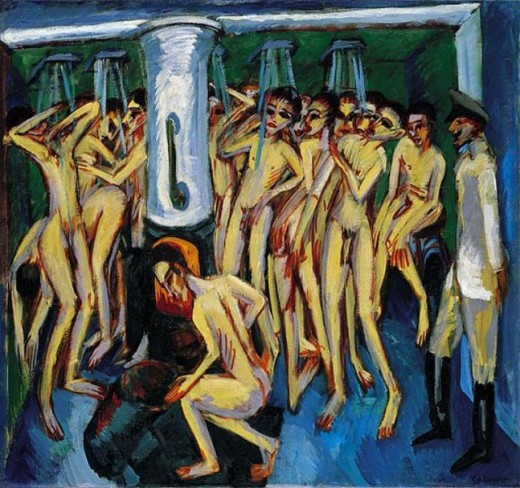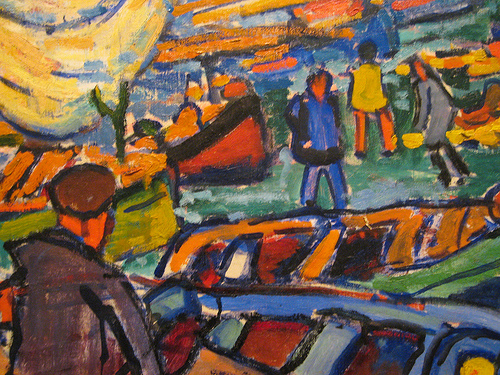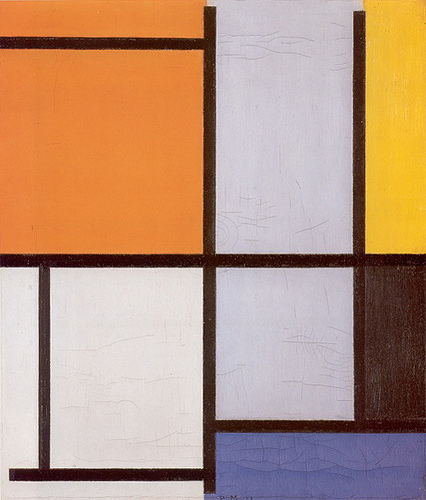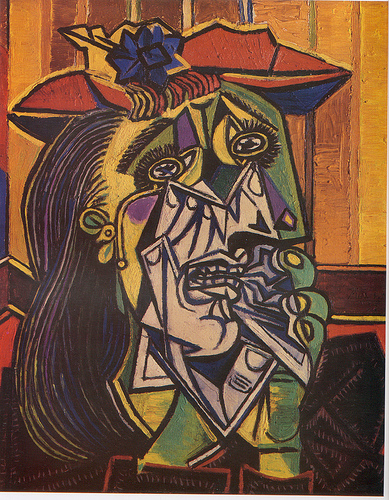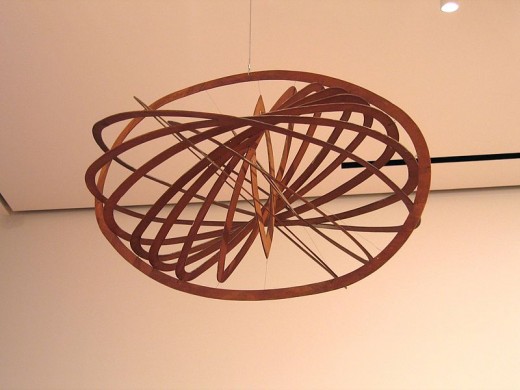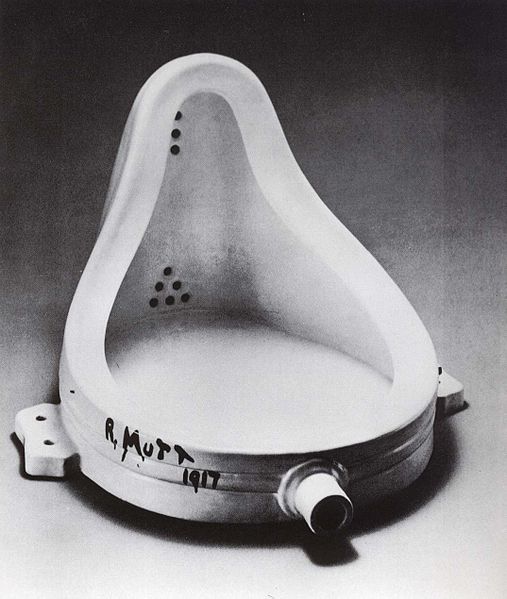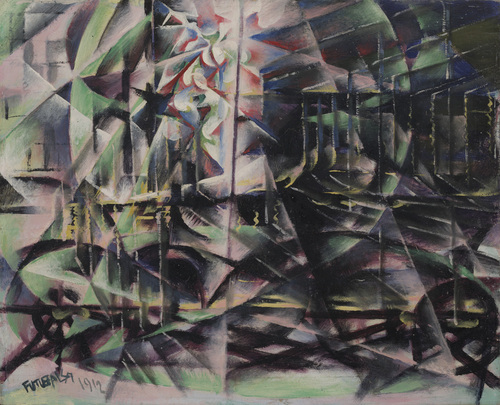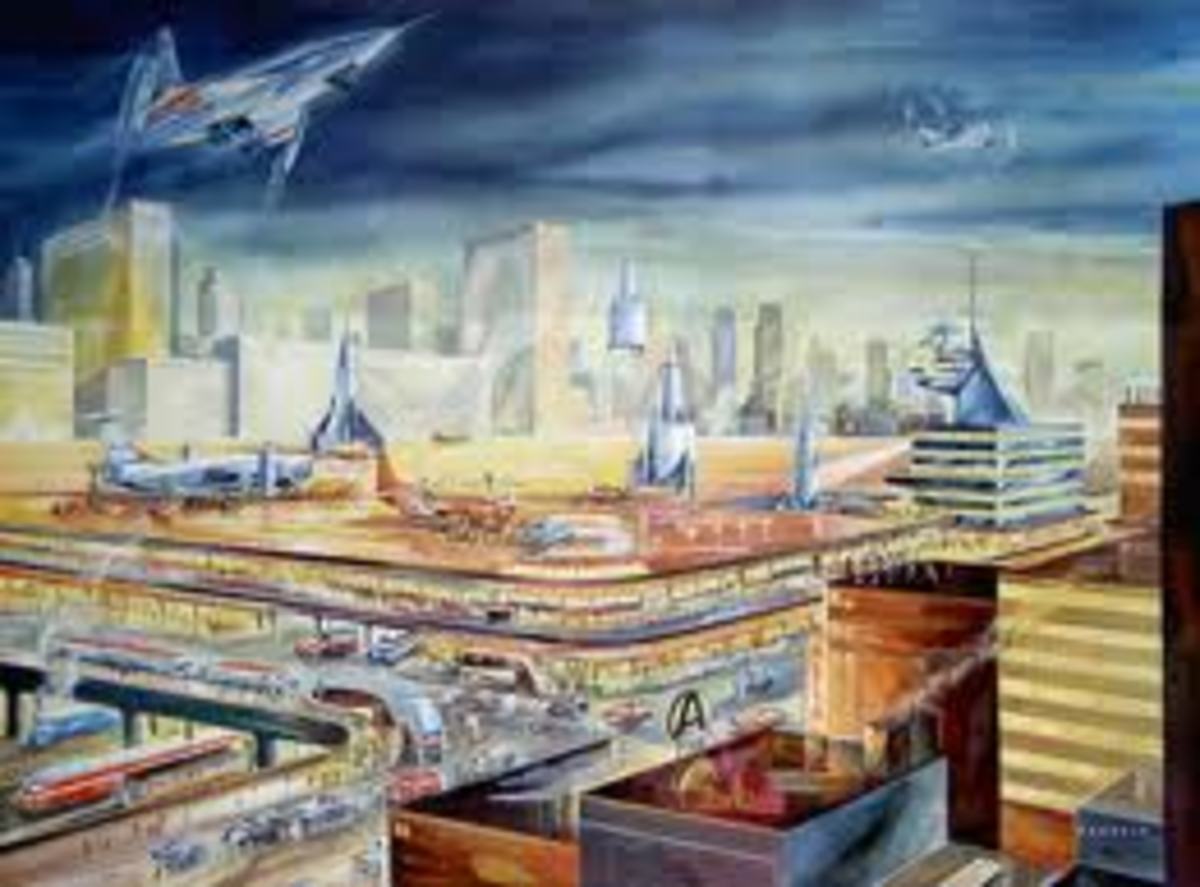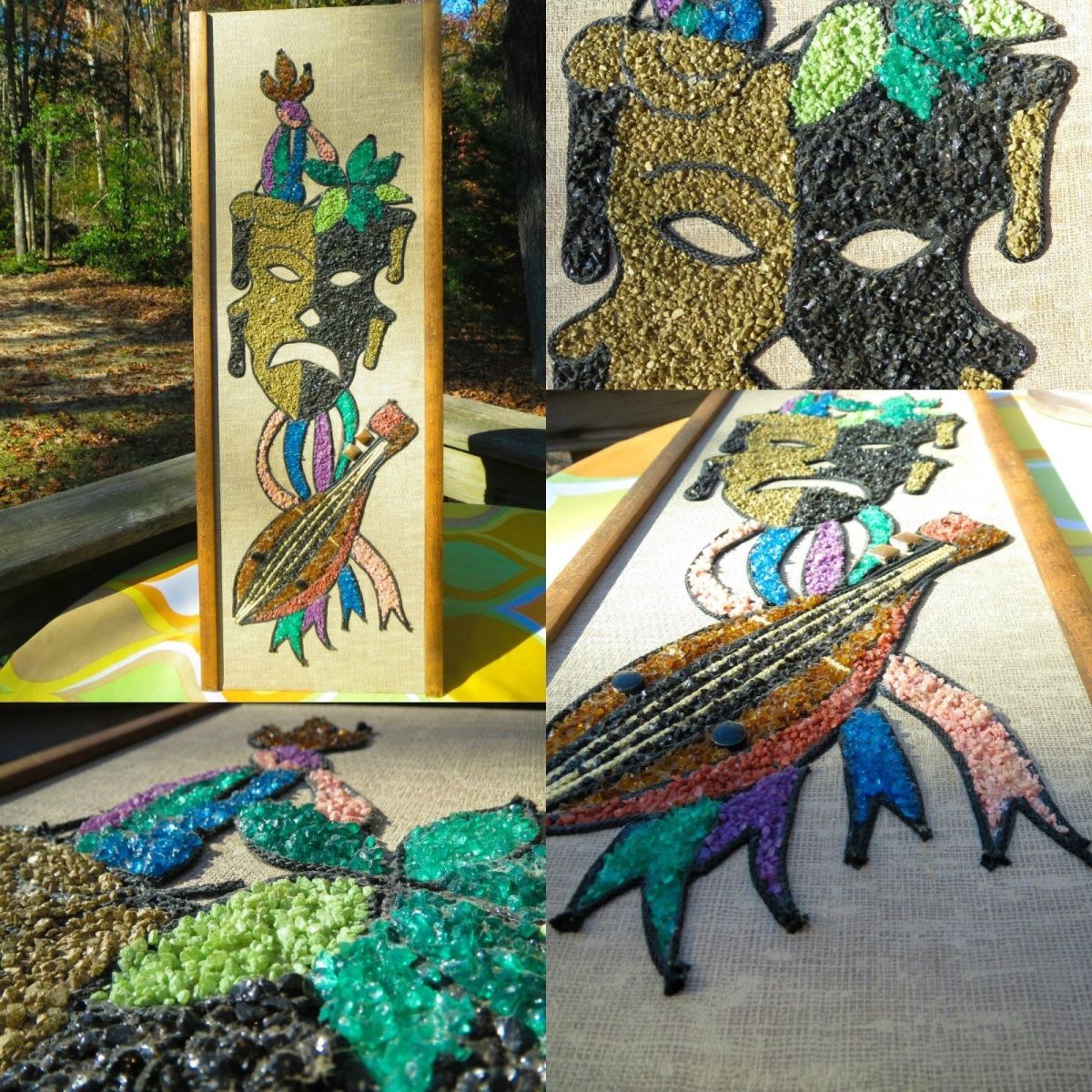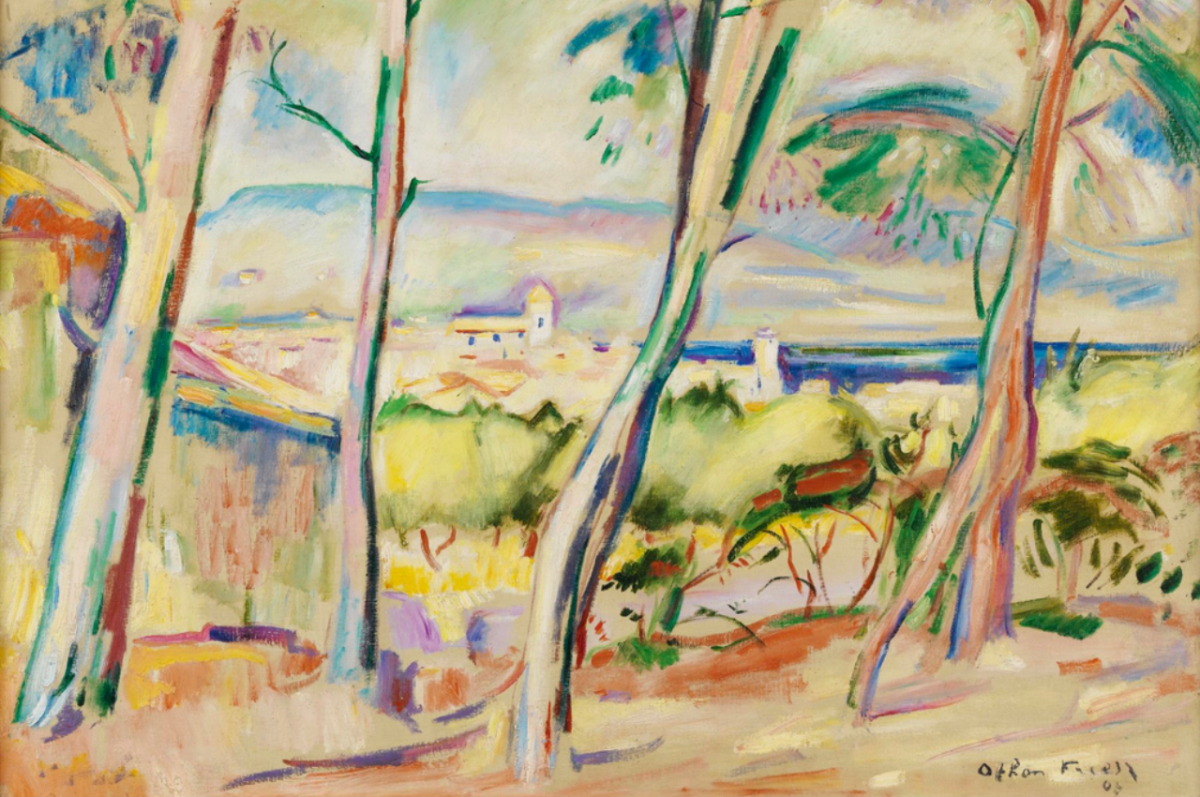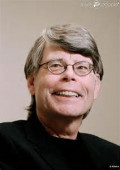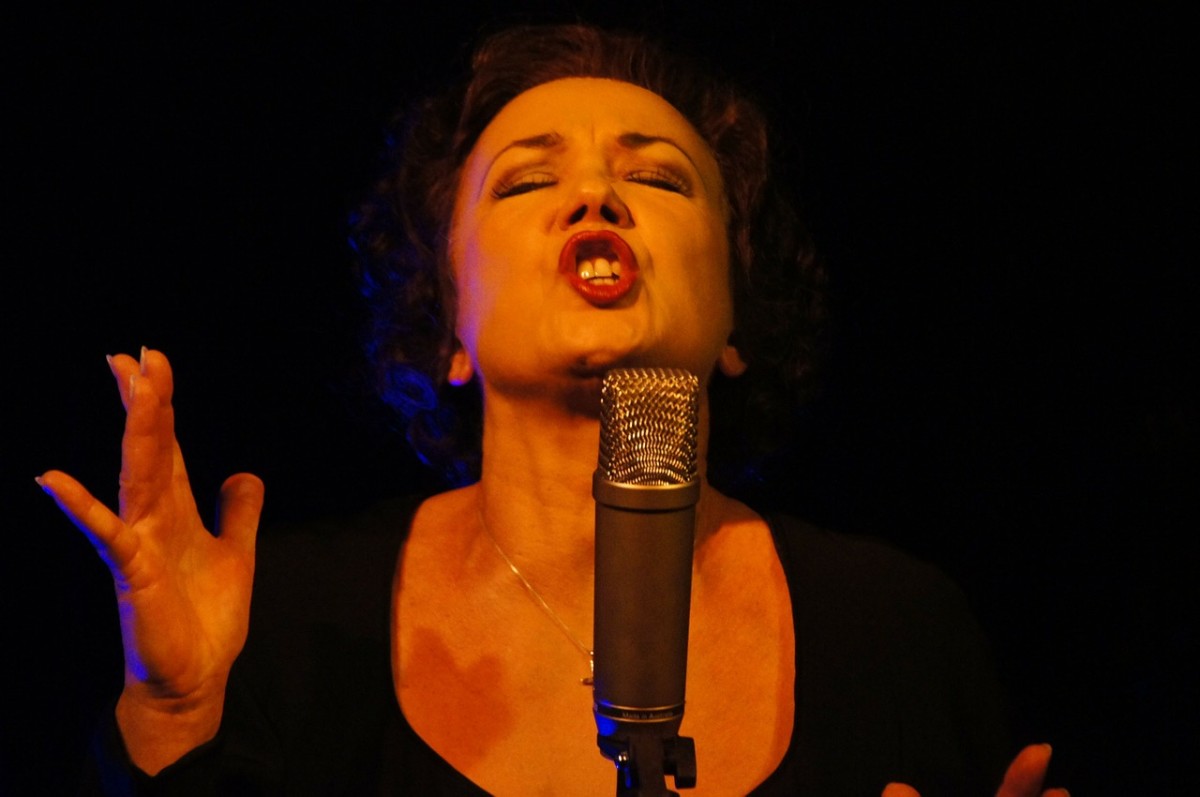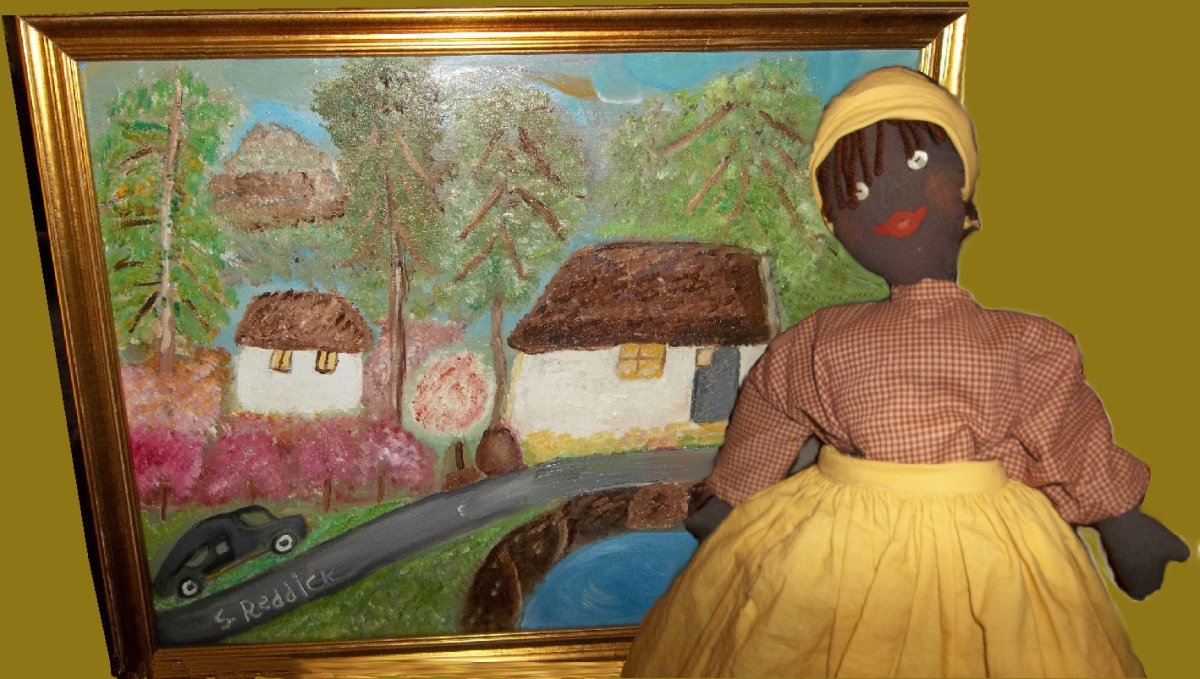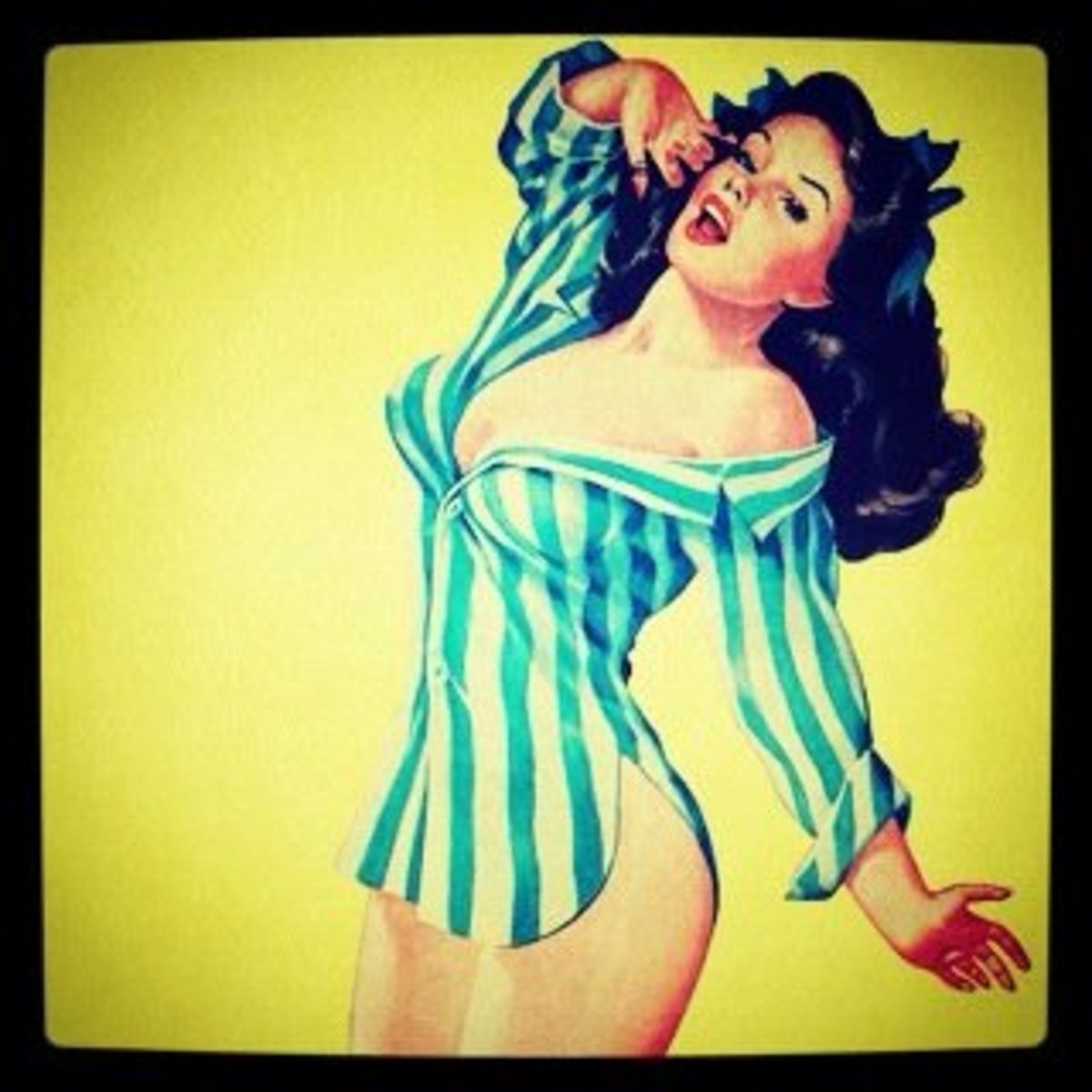An Overview of Modernist Art
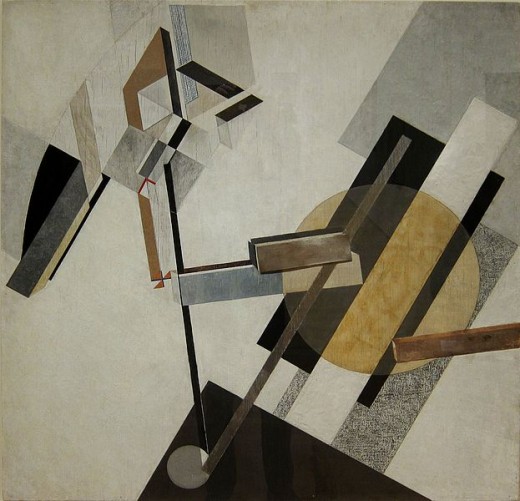
The Context of Modernist Art
The Modernist art movement came after the 19th Century Art Movement. It covers all the experimental Art sub-genres of the first half of the 20th Century. In Art History the Modernist Movement is a very broad movement which covers a wide variety of sub genres. If these sub-genres can be said to share any common features it is the belief that the world was changing and that Art should reflect this new modernity. As a rule therefore, art from the Modernist period tends to be much more experimental than what had gone before.
Sub-Genres of Modernist Art
There are 14 sub-genres within the Modernist Art movement with many of these crossing over. They are:
Fauvism- from the term 'wild beasts' this genre uses bright and wild colors and simplified scenery.
Primitivism- more of a trend than a distinctive sub-genre where artists looked to primiitve art forms to inspire them.
Expressionism- this was art work that used strong colors and distorted figures. It looked at issues of belonging and alienation
Cubism- This tradition takes normal objects and often presents them in the manner of a still life but it portrays the image from many different viewpoints.
Futurism- a sub-genre that developed in Italy and celebrated the speed and technology of modern life through its use of aggressive lines to convey movement.
Dadaism- was influenced by the First World War. They argued that morality and aesthetics had been destroyed by the war and this is reflected in their anti-sentimental approach to Art.
Suprematism- rejected all the conventional aspects of art in search of spiritual reality
Constructivism- an umbrella term to describe abstract geometric works of art that are constructed from materials or components
Neo-Plasticism- Although there are other artists within this sub-genre it is connected to the work of Mondrian. It includes paintings using primary colors and geometric lines
Surrealism- Art that came straight from the unconscious without being thought about or shaped by reason, morality or aesthetics.
Spatialism- an Italian movement which abandoned the reliance on painting and made radical statements on artistic tradition.
Abstract Expressionism- This originated in New York after WWII. It set out to depict universal emotions
Social Realism- Art which is realist which makes some kind of social comment.
Major Artists of the 19th Century
Fauvism:
- Derain
- Matisse
- Rouault
Primitivism:
- Gauguin
- Moore
- Picasso
Medievalism:
- John Everett Millais
- Peter Van Cornelius
- Edward Burne-Jones
Expressionism
- Heckel
- Kandinsky
- Kollwitz
Cubism
- Picasso
- Braque
- Leger
Futurism
- Balla
- Severini
- Carra
Dadism
- Arp
- Duchamp
- Man Ray
Suprematism
- Lissitzky
- Malevich
Constructivism
- Tatlin
- Gabo
- Vantongerloo
Neo-Plasticism
- Mondrian
- Huszar
- Reitveld
Surrealism
- Dali
- Miro
- Kahlo
Spatialism
- Crippa
- Dova
- Fontana
Abstract Expressionism
- Pollock
- Rothko
- Gottlieb
Social Realism
- Goldin
- Bratby
- Whiteread










Some Famous Artworks from the Modernist Period
- London Bridge- Derain
- The Moon and the Earth- Gauguin
- Artillerymen- Kirchner
- The Weeping Woman- Picasso
- Speeding Automobile- Balla
- Fountaine- Duchamp
- Enbankment- Whiteread
- No.19- Rothko
- Proun 19D- Lissitzky
- Tableau 2- Mondrian
- Nature- Fontana
- Rise and Monty on the Lounge Chair- Goldin
- Spatial Construction- Rodchenko


